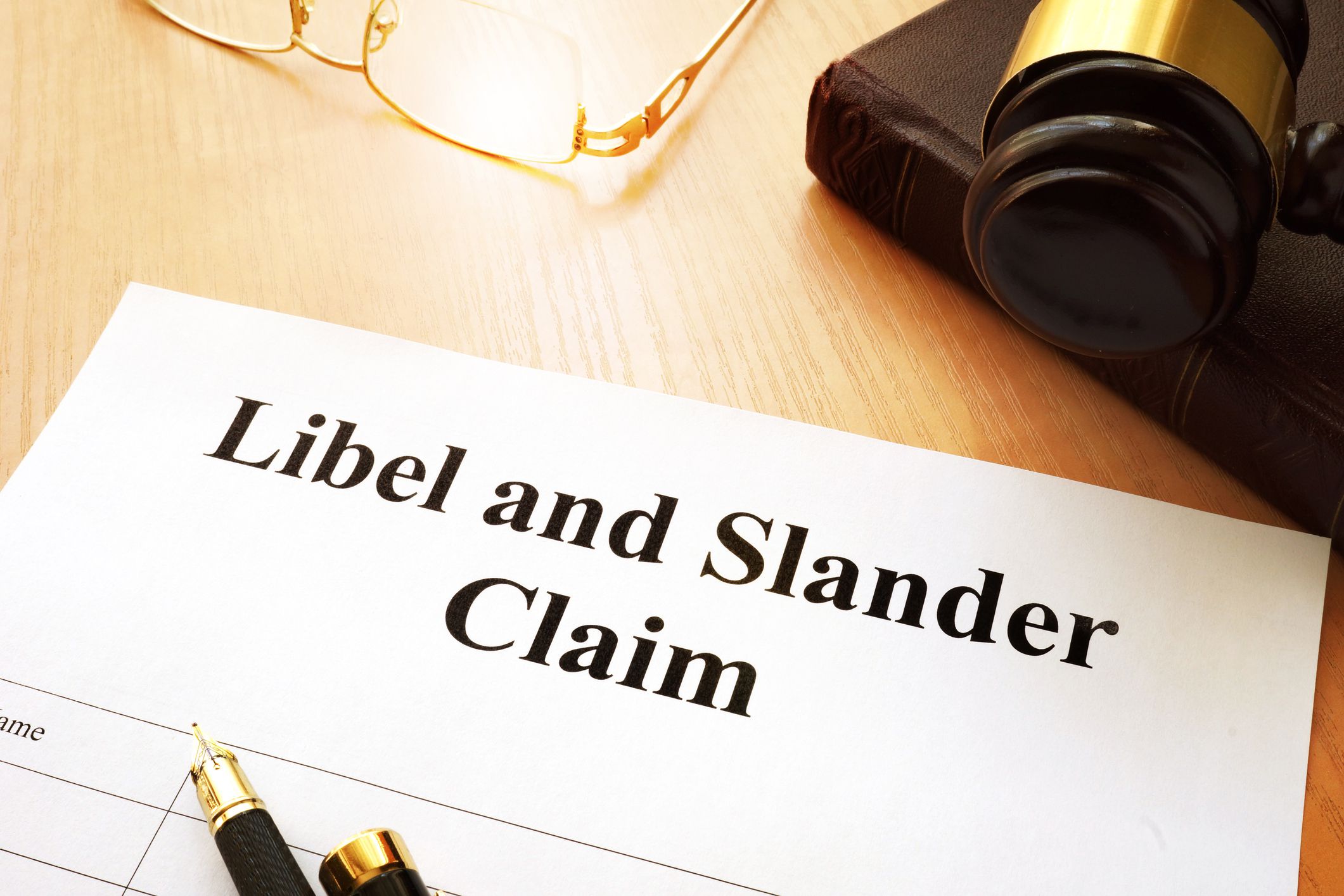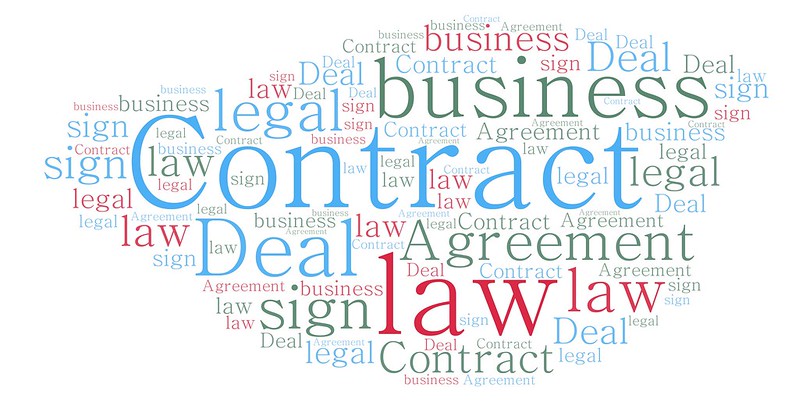What is constructive notice?
The term constructive notice is a legal one. It describes the acknowledgment of a subject or situation that does not exist in reality but can be assumed to exist. This form of legal notice is used for several purposes and has different consequences depending on the case’s circumstances.
One of the most significant concepts we encounter while studying company law is the idea of constructive notice. Constructive notice is also a reasonable assumption, presumption, or reasonable belief. The concept itself may seem very simple, but this article will explain it in detail.
Definition of constructive notice
Any communication made to a person to inform them of specific facts so they can respond appropriately can be referred to as a notice.
According to the Constructive Notice idea, the AOA is known to an outsider who intends to make any kind of interaction with the firm soon because it is a public record and is accessible to everyone under Section 399 of the 2013 Companies Act.
The AOA and MOA are regarded as “public papers” as of the date the business is registered. The general public can quickly view them. Since anyone who communicates with the company knows its policies and procedures, everyone is assumed to do so. This presumption is known as the Doctrine of Constructive Notice.
There are two categories of notices:
- Real or Physical: Information provided to a person informing him of its contents and existing in the form of paper and ink.
- Constructive or deemed: The one that is not present but thought to convey a particular truth.
The latter type is the foundation of this constructive notice doctrine. It is deemed notice of specific information about the MOA and AOA.
Actual notice vs. Constructive notice
Constructive notice has several meanings. The term “constructive” means building something out of nothing, whereas actual information refers to acknowledging a particular subject or situation that already exists in reality.
In legal terms, it can be used as an argument for when someone does not receive any necessary information from another person or party and therefore claims this lack of knowledge on their behalf.
So the main difference between actual and constructive notice is that the latter can be used to prove a person’s lack of knowledge in certain situations.
Characteristics of Constructive Notice
Constructive notice, also called legal fiction, occurs when courts presume that parties are aware of the information they are not actually aware of. It has the following characteristics:
- Constructive notice is also called legal notice because courts presume interested parties are aware of the information they may not truly know.
- This sort of notice is usually used when serving a party has become problematic because the client either ignores the court summons at his door or cannot be found when service is tried.
- In the foreign exchange market, constructive notice is prioritized over actual notice. Anyone to whom the summons is issued and who has the pertinent documents may stand to gain if the action is dismissed for lack of notice due to incorrect delivery of the materials.
The party who receives this notice but, for some other reason, did not receive a hard copy of the summons and other necessary documents won’t be able to have the case dismissed for lack of service, either.
Exceptions
Sometimes, a person served with a summon, or complaint may be required to respond. For example, if the party has been properly served and fails to appear at a hearing related to their case, they can be held in contempt of court.
If this occurs then constructive notice (legal fiction) will not apply because the party was aware that they would have to appear at the hearing regardless of whether or not they received actual notice from service.
Another exception to constructive notice occurs when service of summons and complaints is made on an individual with a limited capacity to respond, such as in jail. In this case, the court can make an order for constructive notice because it assumes that the person will be able to receive actual notification from another party.
Indoor Management and its exceptions
It’s vital to note that the notion of constructive notice, an exception to the indoor management rule, forbids outsiders from having access to or knowledge of the company’s internal operations.
In simple terms, the idea of internal management claims that the corporation is in charge of its inside affairs.
There are a few exceptions to this:
- Acknowledged irregularity
The indoor management concept does not apply if the person handling the abnormality is aware. This is the concept’s primary and most crucial use constraint.
Because of this, “insiders,” or people in a position within the company to know whether internal procedures have been followed, could not depend on the assumption of irregularity.
- Suspicion of negligence
Because the Turquand case used the phrase “in the utter lack of circumstances placing him under inquiry,” the advantages of this concept are absent for the person who had doubts of irregularity.
This is because, in this case, he would have to ascertain the transaction’s legality and all related matters for himself.

- Forgery
Forgeries are exempt from Turquand’s rule. People dealing with limited liability organizations are not required to investigate their indoor management and will not be harmed by irregularities of which they are unaware.
- Using articles as a communication tool
“Power of delegation” is a phrase commonly used by the AOA. You must be aware of the AOA’s MOA to assert protection under this legislation and this kind of exemption. They are not covered if someone does not seek advice or act by its rules.
- Acting allegedly outside of an official’s power within the company
The “Turquand rule” has this exception most frequently. It should go without saying that if an officer’s activity appears to be outside his authority, it should not be relied upon, and if it is, the corporation cannot be held liable for it.
Constructive notice in real estate
Constructive notice in real estate is based on the assumption that a party will receive actual notice from another party.
If an individual receives service in error, they should contact their landlord as soon as possible to discuss the situation. If there are no exceptions to constructive notice, the landlord may still be required to serve an individual with a summon or complaint.

Example
If an employee is aware of a defect that could cause harm to others but he does not report it because he believes it will be discovered on its own, then the employer may hold him liable. This would be because if the employee had reported his knowledge of the defect, it might have been discovered and repaired before causing injury or damage.
In the case of constructive notice, the employer must have taken reasonable steps to discover and repair the defect.
Conclusion
The traditional criticism of constructive notice is that it is a whimsical ideology. This is true since the concept of constructive notice was invented by courts through judicial declarations.
However, courts have come to recognize the utility of this notice and the law has been expanded to include exceptions. Constructive notice is now recognized as valid in most jurisdictions, but it should be used with care when there are no exceptions.
if you enjoy reading this post, check out our blog https://lawalways.com/ for more content






